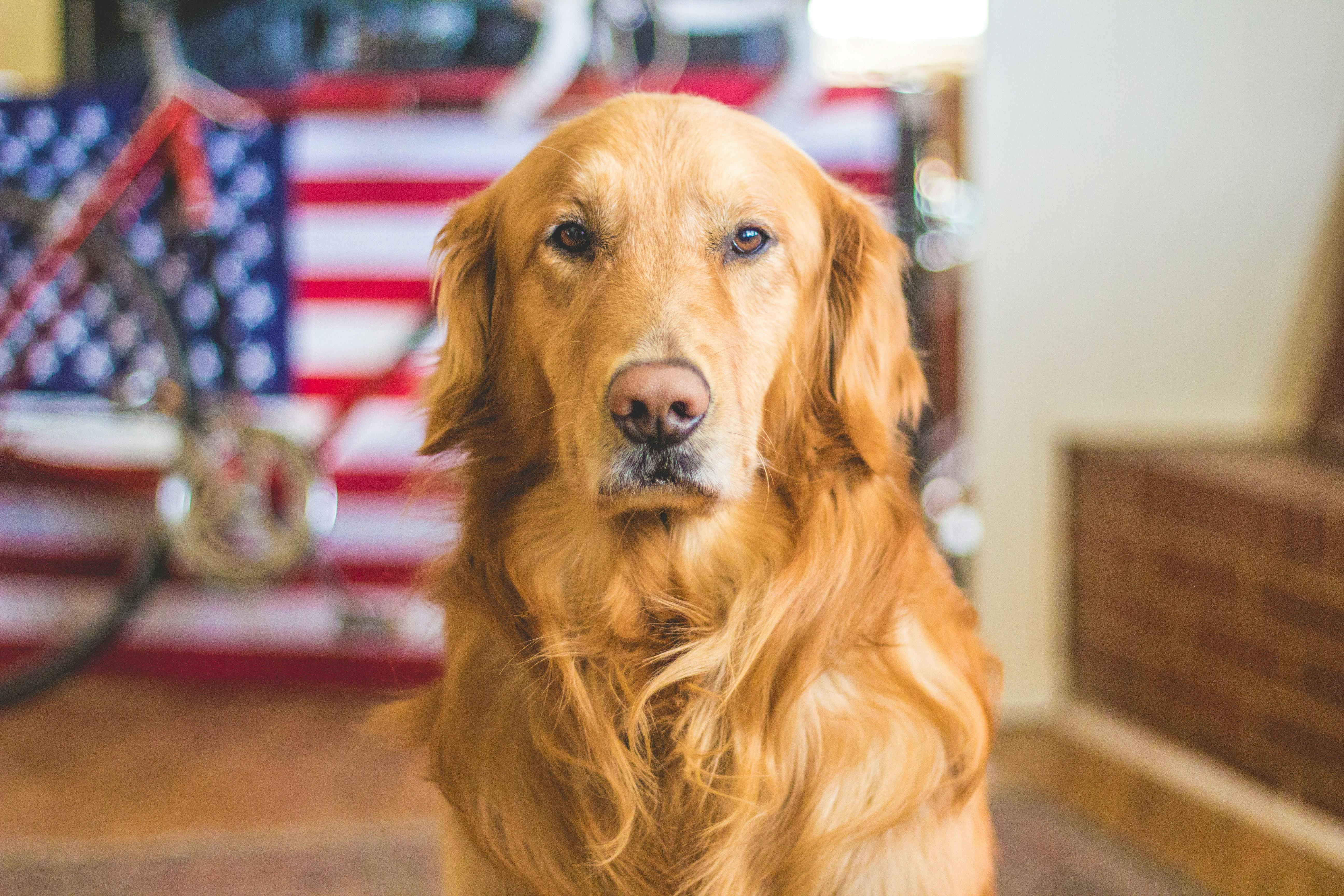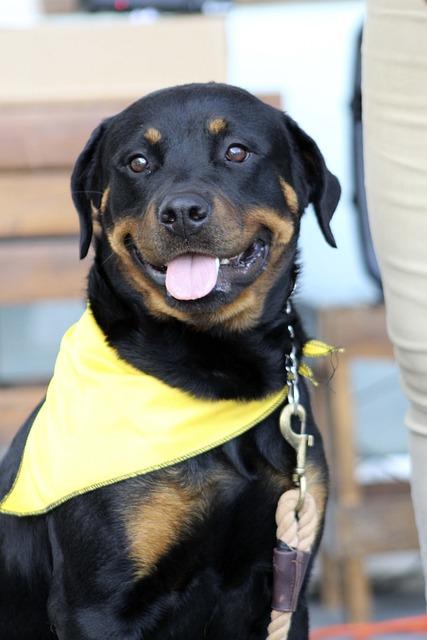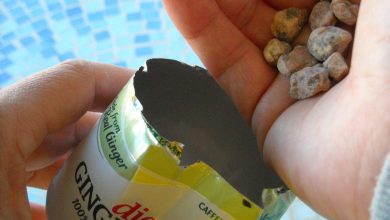Teaching dogs to behave calmly around new pets

Introducing a new pet into your home can be an exciting yet challenging experience, particularly when it comes to ensuring your existing dog remains calm and well-behaved during the transition. Dogs, by nature, are territorial and curious creatures, which can sometimes lead to anxiety or overexcitement when encountering new animals. Teaching your dog to remain composed around new pets not only fosters a peaceful household but also strengthens the bond between all your animal companions. This article provides practical guidance and effective strategies to help your dog adapt smoothly to new additions, promoting a harmonious environment for everyone involved. Whether you’re introducing a playful kitten, a chirpy bird, or another dog, these techniques will equip you with the tools needed to cultivate calmness and cooperation among your furry friends.
Understanding Canine Behavior in New Pet Introductions
When introducing a new pet to your household, understanding canine behavior is crucial for a smooth transition. Dogs, by nature, are territorial and can be apprehensive of newcomers. To ensure a peaceful coexistence, it’s essential to observe and interpret their body language. Look for signs such as wagging tails, relaxed ears, or playful bows, which indicate a friendly demeanor. Conversely, growling, stiff postures, or bared teeth may suggest discomfort or aggression. By recognizing these cues, you can adjust your approach and create a safer environment for all pets involved.
- Gradual Introduction: Allow your dog to sniff and observe the new pet from a distance before any direct contact.
- Positive Reinforcement: Reward calm behavior with treats and praise to encourage a relaxed attitude.
- Safe Spaces: Provide separate areas where each pet can retreat and feel secure, minimizing stress and potential conflicts.
- Supervised Interactions: Always supervise initial interactions to intervene if any signs of aggression or fear arise.
Implementing these strategies can help foster a harmonious relationship between your dog and the new addition, ensuring a calm and welcoming atmosphere in your home.

Effective Techniques for Reducing Anxiety in Dogs
Creating a serene environment for your canine friend when introducing them to new pets is essential for reducing anxiety. Start by ensuring that both animals have separate, safe spaces to retreat to, allowing them to adjust at their own pace. Use calming aids such as pheromone diffusers or lavender essential oil in the environment to help soothe your dog’s nerves. Additionally, engage in activities that promote relaxation and reinforce positive behavior, like gentle massages or calming music designed for dogs.
Implement gradual exposure techniques to help your dog feel more comfortable around new pets. Begin with brief, controlled introductions, ensuring each interaction is positive. Consider using a barrier method, such as a baby gate, to allow the animals to see and smell each other without direct contact. Observe their body language closely, and reward calm behavior with treats and verbal praise. Consistency is key, so maintain a regular routine to provide a sense of stability and predictability for your dog.

Building Positive Associations with New Pets
Introducing a new pet to your household can be an exciting yet challenging experience, especially when it comes to ensuring your dog remains calm and welcoming. To foster a positive environment, it’s crucial to gradually build trust and familiarity between your dog and the new pet. Here are some tips to help facilitate this process:
- Controlled Meetings: Begin with brief, supervised introductions in a neutral space. Use leashes or barriers if necessary to maintain control.
- Reward Calm Behavior: Offer treats and praise when your dog displays calm and relaxed behavior around the new pet. This positive reinforcement will encourage them to associate the newcomer with pleasant experiences.
- Gradual Integration: Increase the duration and frequency of interactions gradually, allowing both animals to adjust at their own pace.
- Provide Personal Space: Ensure each pet has a designated area where they can retreat to if they feel overwhelmed.
- Consistent Routine: Maintain your dog’s daily routine to provide a sense of stability and security during this transition.
By following these strategies, you can help your dog adapt to the presence of a new pet in the household, promoting a harmonious and stress-free environment for all. Remember, patience and consistency are key to building positive associations.

Creating a Safe Environment for Successful Pet Interactions
When introducing your dog to a new pet, it’s essential to establish a calm and controlled environment. Start by ensuring your dog is familiar with basic commands like “sit” and “stay,” as these can be crucial in managing their behavior during interactions. Before the introduction, take your dog for a walk to expend excess energy, reducing the likelihood of over-excitement. Ensure the meeting space is neutral territory to avoid territorial aggression and remove any toys or food that could trigger possessiveness.
Consider the following strategies to promote a peaceful meeting:
- Gradual Introductions: Allow your dog to observe the new pet from a distance before any close encounters. This helps them get used to the presence of the newcomer without feeling overwhelmed.
- Positive Reinforcement: Reward your dog with treats and praise for calm behavior, reinforcing the idea that tranquility leads to positive outcomes.
- Supervised Interactions: Always supervise interactions between your dog and the new pet until you are confident in their behavior. This prevents any unwanted incidents and allows you to intervene if necessary.
- Short Sessions: Keep initial meetings brief to avoid overstimulation, gradually increasing the duration as both animals become more comfortable.
Implementing these strategies will help create a safe space where your dog can learn to coexist peacefully with new pets, fostering a harmonious household environment.



